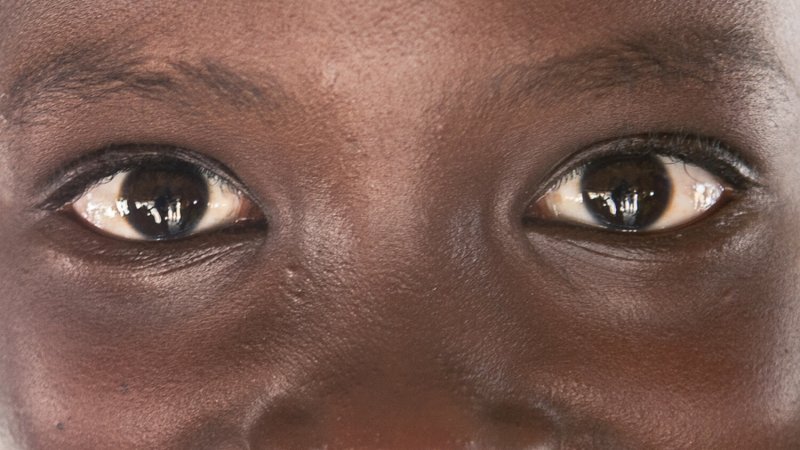This is the great mystery of human vision: Vivid pictures of the world appear before our mind’s eye, yet the brain’s visual system receives very little information from the world itself. Much of what we “see” we conjure in our heads.
…
Unfortunately, studying anatomy alone doesn’t reveal how the brain makes these images up any more than staring at a car engine would allow you to decipher the laws of thermodynamics.
New research suggests mathematics is the key. For the past few years, [mathematician Lai-Sang Young] has been engaged in an unlikely collaboration with her NYU colleagues Robert Shapley, a neuroscientist, and Logan Chariker, a mathematician. They’re creating a single mathematical model that unites years of biological experiments and explains how the brain produces elaborate visual reproductions of the world based on scant visual information.
…
Their work is the first of its kind. Previous efforts to model human vision made wishful assumptions about the architecture of the visual cortex. Young, Shapley and Chariker’s work accepts the demanding, unintuitive biology of the visual cortex as is — and tries to explain how the phenomenon of vision is still possible.
Read full, original post: A Mathematical Model Unlocks the Secrets of Vision































